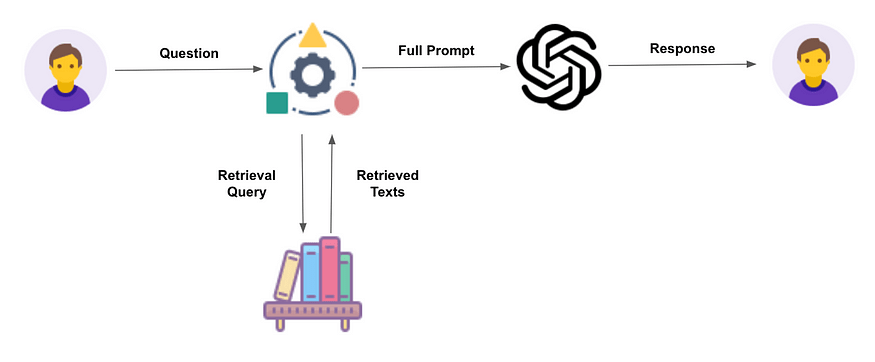
Over the last few years, we have witnessed the rise and implementation of the second and third eras of MPS engagement as providers and clients have gained insight and connections. Customers today are looking for total business impact and seamless transition, and they want to work with vendors to improve their business value.
Due to the increasing commoditization of MPS hardware, vendors are moving beyond the workplace print environment to offer enhanced services around versatility, digitization, and the cloud.
There is a need to not only broaden the scope of MPS engagements to include all aspects of enterprise printing (office, mobile, production, and commercial) but to also improve performance and the top-line by outsourcing higher-value services like IT operations and business processes.
Future of Print Services
A cutting-edge MPS may be able to make the most impact by integrating paper and digital processes. Quocirca’s research shows that 72 percent of companies plan to implement business process automation as part of their MPS agreements.
As their MPS contracts have extended beyond their initial equipment combination, these companies have the greatest confidence in their digitization drives. Comparatively, only nine percent of companies not using MPS rated their ability to integrate paper and digital work processes as effective or extremely viable, while 51 percent of companies using MPS rated it this way.
As more companies advance along their MPS journey and implement document work process tools and business process improvement, Quocirca anticipates that this figure will change over the next year.
This represents a critical business opportunity for MPS providers, who are often skilled at integrating paper and digital work processes – for instance, automating HR, accounting, and finance manual processes.
For organizations wishing to better integrate their paper-based and digital processes, Quocirca recommends that they take a look at the broad-based services offered by several leading MPS providers.
In contrast to some companies who may consider business process optimization to be carried out later in the MPS journey, it is increasingly paper-based processes that are being analyzed at the outset, as part of the MPS assessment process.
Highlights of the service
Security is a critical consideration when implementing a shared print environment as more companies move towards it. There is a much greater risk of private or delicate data falling into some wrong hands when many users use the same device, whether accidentally or maliciously.
Among companies whose printing services were uncontrolled, Quocirca research finds that more than 70% had experienced data breaches. A powerful MPS commitment will ensure the implementation of secure print solutions with client verification and client tracking.
An extension of this is the ‘bring your own device’ trend in the workplace, which implies that the print infrastructure should reach out to remote employees. The use of tablets to view and share documents is now increasingly common instead of printing documents, but there is also a need for fast and adaptable printing from mobile devices.
More than 80% of respondents indicated that their companies would like to print from their mobile devices, according to Quocirca’s analysis. For mobile printing to be accounted for, businesses must choose an MPS provider that offers mobile device management along with integrated solutions for secure mobile printing that can be tracked and managed by enterprise reporting tools.
The importance of business process automation cannot be overstated. In areas like payroll, claims, mortgage processing, and accounts payable, there are a lot of tedious, transaction-based errands that can smother productivity and development.
The leading MPS providers offer business process services to automate and manage these assignments as part of more comprehensive MPS commitments and use existing MFP investments by using enhanced document capture and routing features. Providing clinical structure processing directly from an MFP, for example, accelerates document capture and can digitize paper-based processes into critical back-end medical care applications.
Choosing the right service provider
Manufacturers of printers and copiers, systems integrators, and providers of managed information technology services form MPS providers. In the future, as MPS grows and organizations become more reliant on it, regardless of the provider’s experience, it’s significant they can demonstrate their validity across a variety of capacities. Enterprises should consider certain standards when choosing a cutting-edge MPS provider, according to Quocirca.
First and foremost, we must focus on further improving client performance. In addition to helping clients improve the productivity of their print infrastructure, MPS providers can help them drive change, boost worker productivity, and support revenue growth.
AMPS providers need to understand the client’s business and be able to suggest solutions that can be implemented to further enhance business performance, expand capabilities, and reach new markets.
In addition to offering managed print services, providers should also have an extensive portfolio. Many companies can use a variety of providers for print and IT services. While managing multiple providers may seem simple, it can be costly and complicated.?
For the best productivity, find a provider with a wide range of services that include business process automation, IT services, and production printing. As organizations look for full-service options for software implementation, they should consider MPS providers who can deliver both on-premise and cloud-based solutions.
Local support and reliable service delivery around the world are important to consider. In addition to enabling quick implementation in new locations, international delivery capacities also offer a practicable way to successfully manage engagement across borders.
Additionally, a provider must have local resources with detailed knowledge of the administrative and legal requirements. Ensure that the MPS provider uses standard delivery processes across all areas and how multi-location teams are coordinated and collaborated.
Another important aspect is a mentality of proactive, continuous improvement. The MPS provider should go beyond a break/fix model to provide proactive and preemptive support and maintenance. Besides basic gadget monitoring, they should provide advanced assessment and analytics that can help drive proactive support and provide insight into areas for continuous improvement.
In addition to this, providers must also demonstrate solid multi-vendor support. Almost all print infrastructures contain hardware and software from a variety of vendors, so MPS providers must demonstrate an understanding of working in multi-vendor environments.









